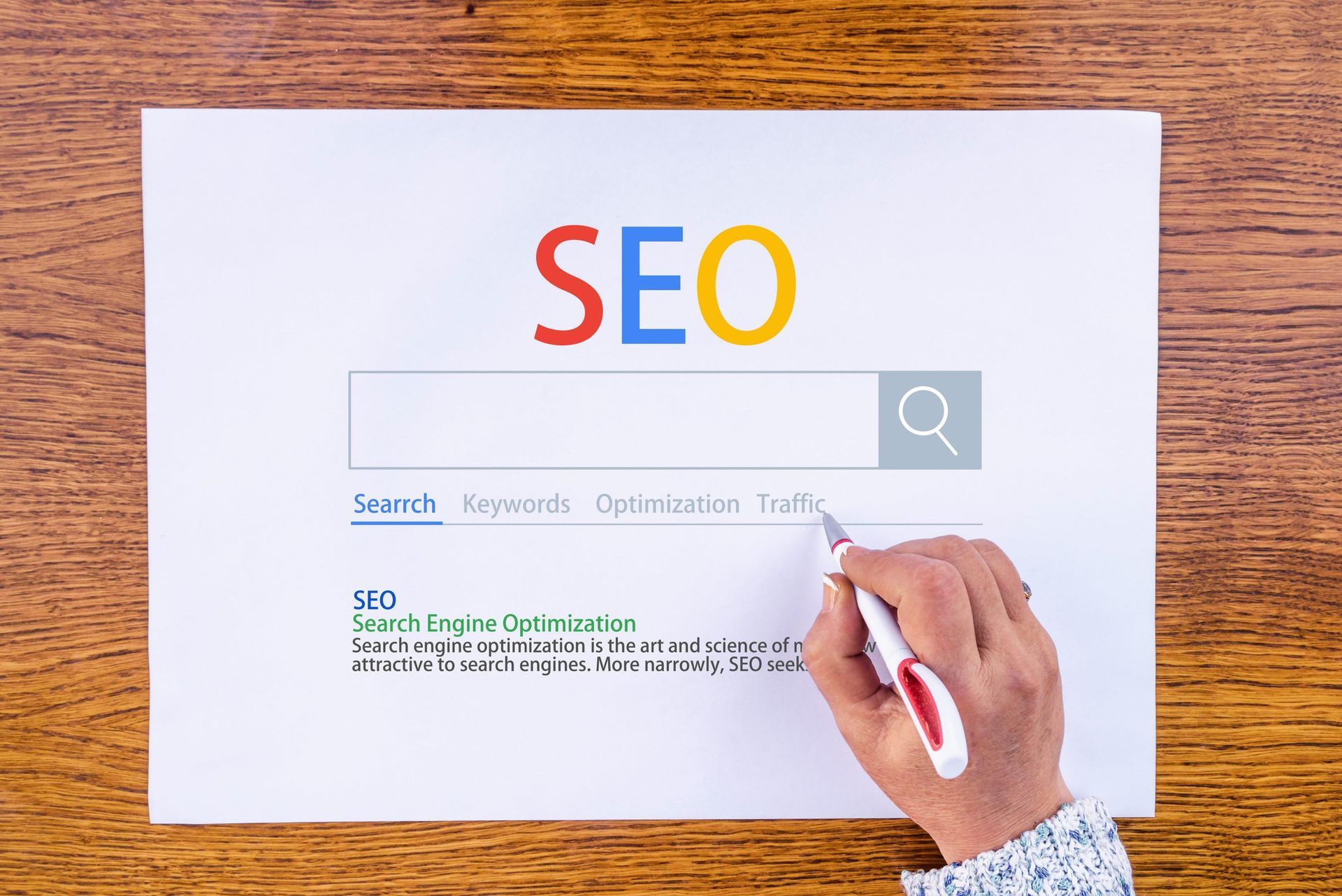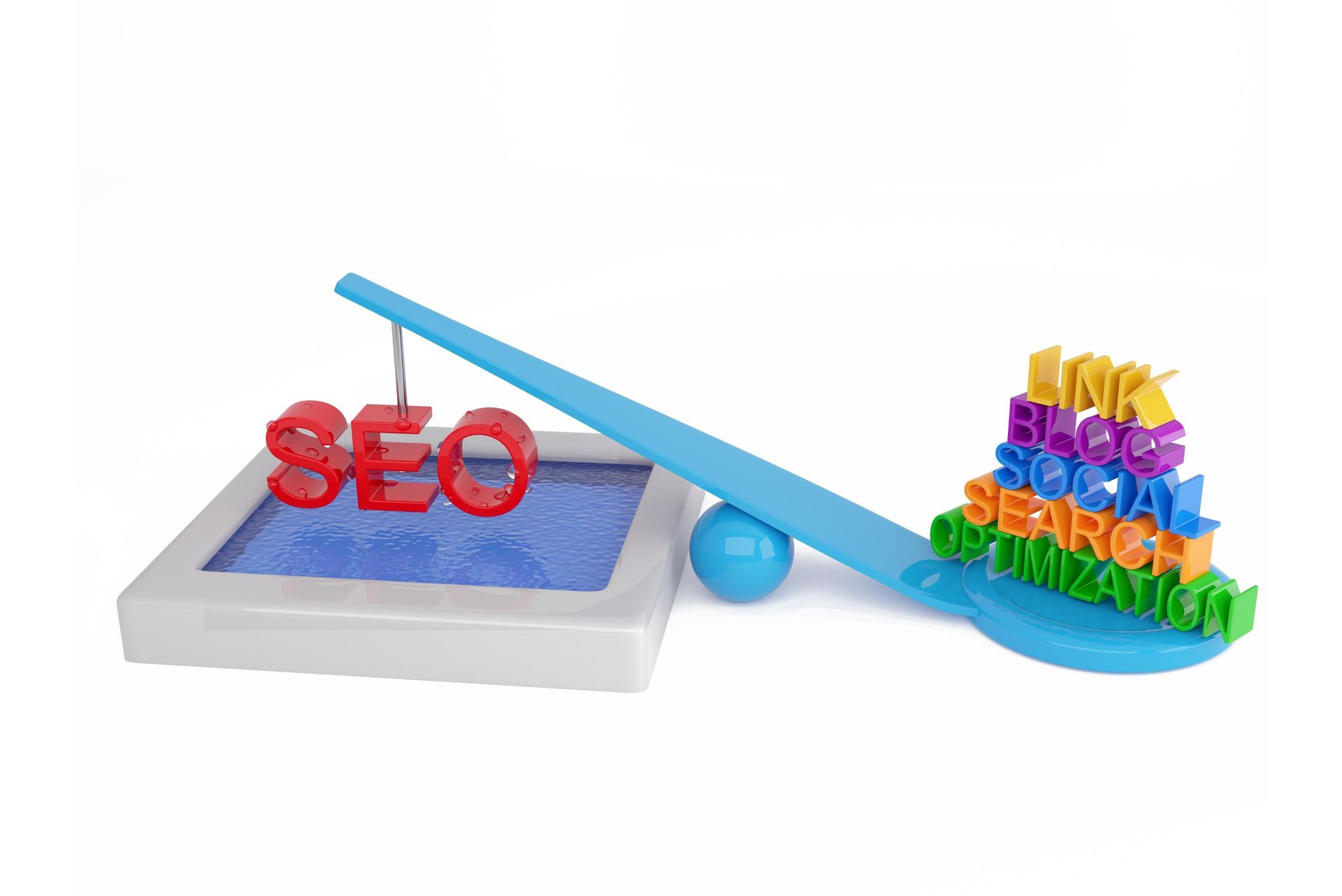Our News
Modern Website Design Solutions for Small Businesses
In today's digitally-driven world, a website acts as the storefront for many businesses, especially for small enterprises aiming to establish a strong online presence. However, a common yet overlooked issue that can significantly impact small businesses is having a slow and unresponsive website. The consequences of a poorly performing website extend far beyond just technical glitches; they directly affect profitability, sales, customer loyalty, satisfaction, and stifle business expansion.
The Need for Speed in the Digital Age
In the hyper-connected digital landscape, speed matters. According to statistics, nearly half of web users expect a website to load within two seconds or less. Anything longer could prompt users to abandon the site altogether. For small businesses, this swift bounce-off translates directly into lost opportunities and potential sales.
Impact on Profitability and Sales
A slow website is an impediment to revenue generation. Studies reveal that a one-second delay in page load time can result in a 7% reduction in conversions. Imagine the cumulative effect of several seconds of delay on a website; it could lead to a significant drop in sales over time. For small businesses operating on tight margins, these losses can be particularly impactful.
Moreover, slow websites also affect a business's search engine ranking. Search engines like Google consider site speed as a crucial factor in determining rankings. A sluggish website might be penalized by ranking lower in search results, resulting in decreased visibility and fewer potential customers reaching the site.
Customer Loyalty and Satisfaction
In a competitive market, customer loyalty is invaluable. Slow and unresponsive websites can erode this loyalty faster than one might think. Users expect seamless experiences and instant access to information. When a website fails to meet these expectations, frustration builds up, leading to a negative perception of the brand. Dissatisfied customers are more likely to explore other options, impacting not just immediate sales but potentially resulting in the loss of repeat business.
Stifling Business Expansion
A business's online presence plays a pivotal role in its expansion. A slow website not only hampers customer acquisition but also affects efforts to scale up. In an era where e-commerce and online transactions are booming, a business's growth potential can be severely curtailed by an underperforming website. A slow website may deter potential partnerships, investors, or collaborations crucial for expanding operations.
Damage to Brand Reputation
A brand's reputation is hard-earned but easily damaged. A slow website creates a negative user experience, tarnishing the brand image. Customers might perceive the business as outdated, unreliable, or even untrustworthy. Word-of-mouth travels fast, and dissatisfied customers are more likely to share their negative experiences, further damaging the brand's reputation.
The Cost of Improvement vs. The Cost of Inaction
Addressing website performance issues might seem daunting or costly for small businesses. However, the cost of inaction can far outweigh the investment required for optimization. Upgrading hosting plans, optimizing images and code, or investing in a content delivery network (CDN) are steps that can significantly enhance website speed and responsiveness.
Moreover, investing in a responsive website isn't just a one-time expense but an ongoing commitment. Regular maintenance, updates, and performance checks are essential to ensure sustained optimal performance. While this might require resources, the long-term benefits in terms of increased sales, improved customer satisfaction, and a bolstered brand image far outweigh the initial costs.
Steps Towards Improvement
Performance Optimization
To address website speed issues, businesses can begin by conducting comprehensive website audits to identify bottlenecks. Compressing images, leveraging browser caching, and minimizing HTTP requests are common strategies to enhance loading times. Employing a content delivery network (CDN) can also distribute website content globally, reducing latency and improving user experience.
User-Centric Approach
Understanding user behaviour and preferences is vital. Businesses can conduct usability tests and gather feedback to pinpoint pain points experienced by visitors. Implementing a user-centric approach in website design and functionality helps in creating a seamless and engaging experience, fostering customer satisfaction and loyalty.
Regular Monitoring and Updates
Constant vigilance is necessary to maintain optimal website performance. Regular monitoring of site speed, uptime, and responsiveness ensures immediate identification and resolution of any arising issues. Additionally, staying updated with technological advancements and industry trends allows businesses to adapt proactively, staying ahead in the digital race.
In conclusion, a slow and unresponsive website is more than just a technical glitch; it's a hindrance to the success of small businesses. The financial implications, including decreased profitability, hindered sales, and inhibited business expansion, underscore the critical importance of a fast and responsive online presence. By investing in website optimization, businesses can not only mitigate these risks but also cultivate a loyal customer base, drive sales, and lay a robust foundation for sustained growth in the digital age.














